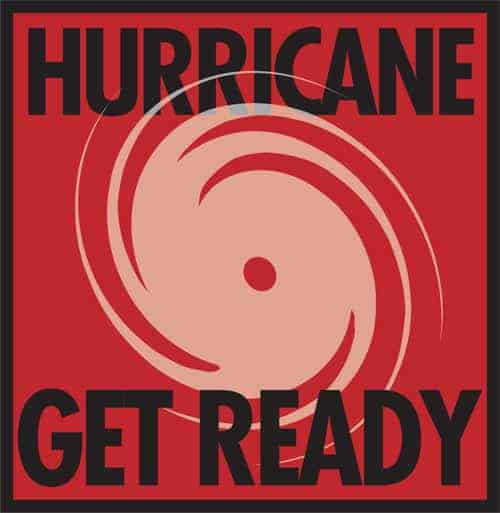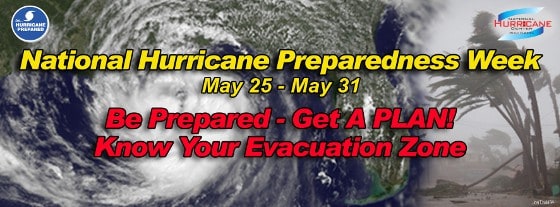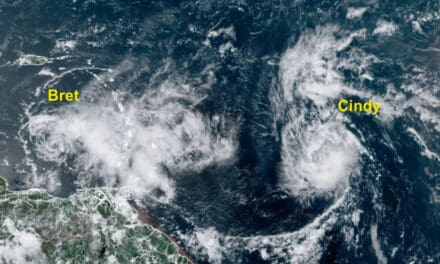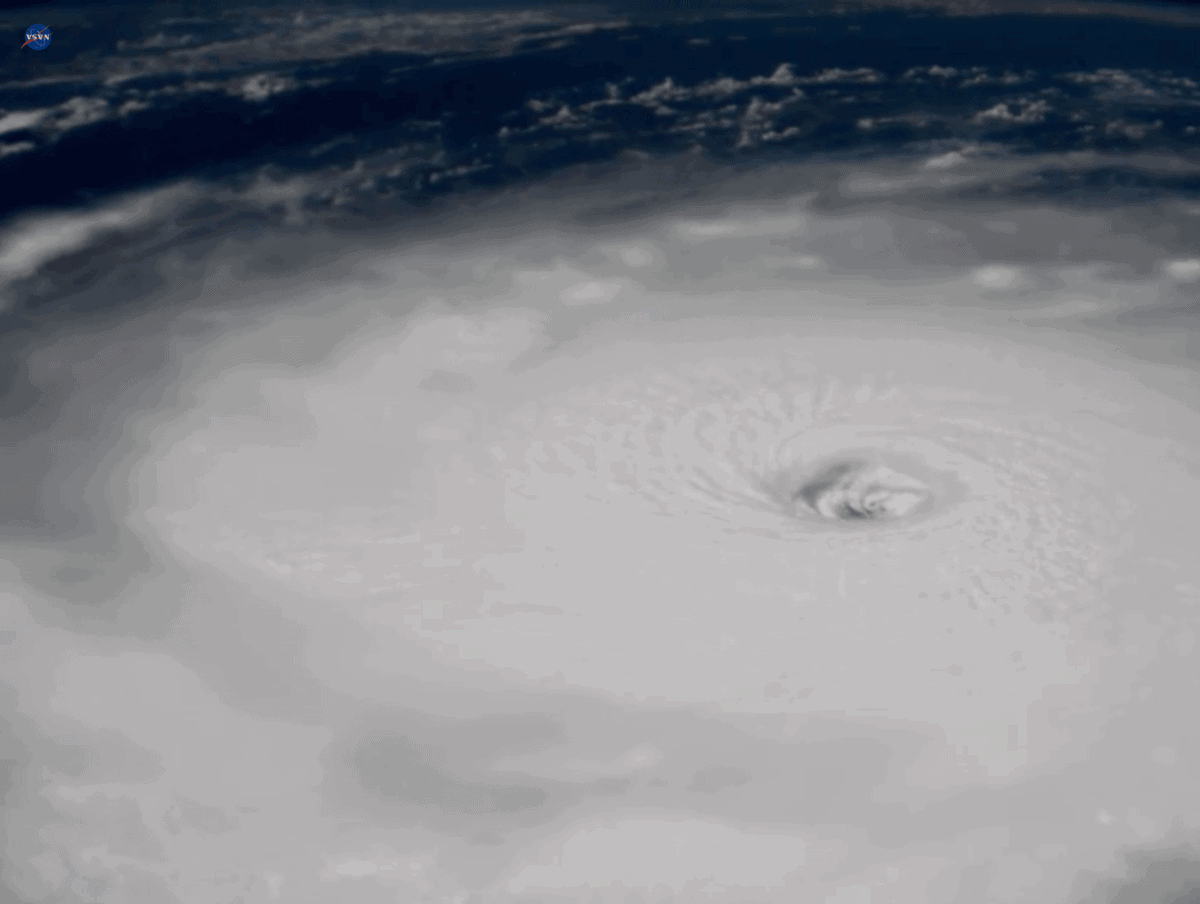The Atlantic Hurricane Season begins on June 1 and runs through the end of November. According to the Federal Emergency Management Agency, if you live on the coast or inland from the coast you should take steps to formulate a plan now before a storm threatens your community. Be informed about the hazards associated with hurricanes and tropical storm and know what you can do to protect your family and home before, during, and after a weather-related disaster.
Know the Hazards
Direct hazards are components of a hurricane that threaten life and property and include extreme winds, storm surge, and inland flooding. Indirect hazards are caused by the hurricane, but are not part of it. They include tornadoes spawned by the hurricane, rip currents that pose a danger to swimmers and beach goers, waves that are higher and travel further up the shore than normal, and power outages caused by damage to the distribution system.
Most people are familiar with the direct hazards, but rip currents can occur long before the hurricane threatens land, even when it is hundreds of miles offshore. Some hurricanes spawn tornadoes by the dozens and by the time storm dissipates, they may total in the hundreds.
Tropical storms, though less intense than hurricanes, can inundate inland areas with incredible amounts of rainfall that overwhelms waterways and flood control systems to cause widespread inland flooding. Weaker storms have a history of producing the most rain and causing some of the worst inland flooding.
Get a Plan
Take the first step in forming a plan and visit Ready.gov, a website by FEMA that provides information on preparing for disasters like hurricanes and tropical storms. You will find information on putting together a disaster kit, planning for evacuation, and how to live safely in the days and weeks following a disaster.
Find out if you live in an evacuation zone. Learn the evacuation routes and plan to leave as soon as an evacuation notice is issued. Part of your evacuation plan should include knowing where you will go when you evacuate. Your plan might include sheltering at relatives, a motel or hotel, or in some cases you may need to stay at an emergency facility.
Emergency Disaster Kit
Put together an emergency disaster kit. Disaster kits should be portable so you can take them with you in the event you are required to evacuate.
Include:
- Three days of non-perishable food and three gallons of water for each person.
- Battery-powered or crank-powered NOAA weather radio with extra batteries.
- Flashlight with extra batteries.
- First aid kit.
- Dust mask for each person.
- Plastic sheeting and duct tape to create temporary shelter if required.
- Moist towelettes, toilet paper, garbage bags and plastic ties for human waste disposal.
- Tools for turning off utilities—channel-lock pliers or wrenches.
- Hand-held can opener.
- Local map.
- Cell phone, charger, and inverter.
If your local officials recommend evacuating, don’t wait. It is better to leave and return later than to be trapped in a situation that grows worse and makes leaving impossible.
Before you leave, turn off your natural gas at the meter (requires a wrench or large pliers) or your propane at the tank. Shut off the water (some homes require a wrench or large pliers to turn the valve.) Turn off the electricity at the main disconnect. Lock your doors and windows and board them up if possible.
Plan to Stay
If you are not in an evacuation zone, you still must act to ensure your safety. Areas that flood are highly susceptible to flash flooding during a hurricane or tropical storm, even if you live inland from the coast.
- Store at least seven gallons of drinking water for each person—a weeks supply.
- Keep seven days of non-perishable food for each person. Include a can opener.
- Flashlights, cell phones, NOAA weather radio and extra batteries.
- Portable generator for emergency power and seven days worth of fuel. Include two maintenance kits with oil, filters, and spark plugs.
- Have a standby generator installed. They provide emergency power automatically, run on natural gas or propane, and reduce your reliance on liquid fuels.
- Build the FEMA emergency disaster kit, keep it handy, and take it with you if conditions make it impossible to stay.
If you’re in the direct path of a hurricane and hurricane warnings have been issued, don’t wait. Take your emergency kit, your clothing, medicine, and personal items, and leave. There is no better plan of action than to get out of a hurricane’s path.

















